The Accademia dei Lincei, anglicised as the Lincean Academy, is one of the oldest and most prestigious European scientific institutions, located at the Palazzo Corsini on the Via della Lungara in Rome, Italy. Founded in the Papal States in 1603 by Federico Cesi, the academy was named after the lynx, an animal whose sharp vision symbolizes the observational prowess that science requires. Galileo Galilei was the intellectual centre of the academy and adopted "Galileo Galilei Linceo" as his signature. "The Lincei did not long survive the death in 1630 of Cesi, its founder and patron", and "disappeared in 1651".
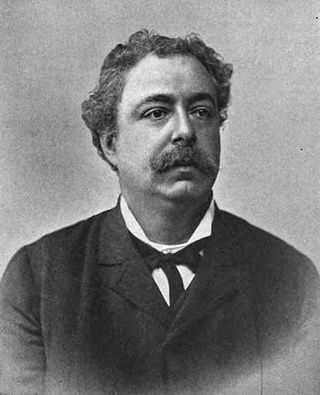
Edmondo De Amicis was an Italian novelist, journalist, poet, and short-story writer. His best-known book is Cuore, a children's novel translated into English as Heart.
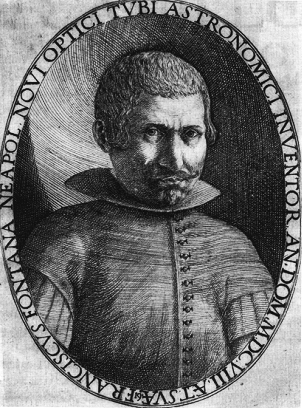
Francesco Fontana was an Italian lawyer and an astronomer.

Sigismondo Pandolfo Malatesta was an Italian condottiero and nobleman, a member of the House of Malatesta and lord of Rimini and Fano from 1432. He was widely considered by his contemporaries as one of the most daring military leaders in Italy and commanded the Venetian forces in the 1465 campaign against the Ottoman Empire. He was also a poet and patron of the arts.

The Pontifical Academy of Sciences is a scientific academy of the Vatican City, established in 1936 by Pope Pius XI. Its aim is to promote the progress of the mathematical, physical, and natural sciences and the study of related epistemological problems. The Accademia Pontificia dei Nuovi Lincei was founded in 1847 as a more closely supervised successor to the Accademia dei Lincei established in Rome in 1603 by the learned Roman Prince, Federico Cesi (1585–1630), who was a young botanist and naturalist, and which claimed Galileo Galilei as its president. The Accademia dei Lincei survives as a wholly separate institution.
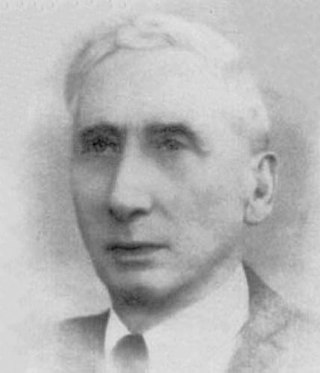
Francesco Paolo Cantelli was an Italian mathematician. He made contributions to celestial mechanics, probability theory, and actuarial science.
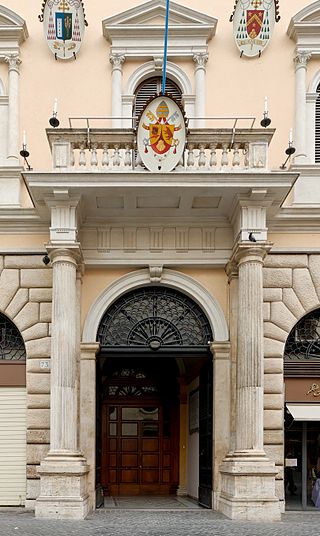
The Pontifical Ecclesiastical Academy is one of the Roman Colleges of the Catholic Church. The academy is dedicated to training priests to serve in the diplomatic corps and the Secretariat of State of the Holy See.

Cassiano dal Pozzo was an Italian scholar and patron of arts. The secretary of Cardinal Francesco Barberini, he was an antiquary in the classicizing circle of Rome, and a long-term friend and patron of Nicolas Poussin, whom he supported from his earliest arrival in Rome: Poussin in a letter declared that he was "a disciple of the house and the museum of cavaliere dal Pozzo." A doctor with interests in the proto-science of alchemy, a correspondent of major figures like Galileo, a collector of books and master drawings, dal Pozzo was a node in the network of European scientific figures.

Roberto Malatesta was an Italian condottiero, or mercenary captain, lord of Rimini, and a member of the House of Malatesta.

Teodulo Mabellini was an Italian composer.

Prince Baldassarre Boncompagni-Ludovisi, was an Italian historian of mathematics and aristocrat.

Giacomo Boni was an Italian archaeologist specializing in Roman architecture. He is most famous for his work in the Roman Forum.

Francesco Denza was an Italian meteorologist and astronomer.
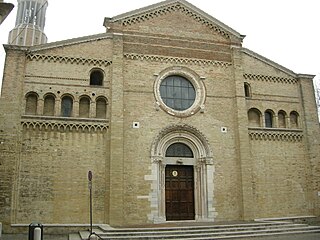
The Diocese of Fano-Fossombrone-Cagli-Pergola is a Latin diocese of the Catholic Church in Italy, created in 1986, when the historical Diocese of Fano was united to the Diocese of Cagli e Pergola and the Diocese of Fossombrone. It is a suffragan of the Archdiocese of Pesaro.
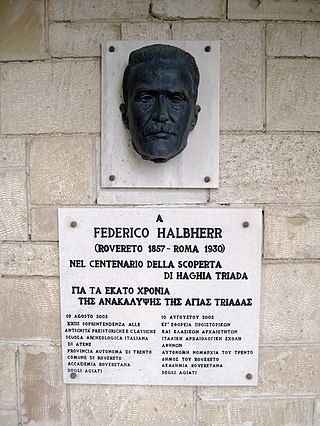
Federico Halbherr was an Italian archaeologist and epigrapher, known for his excavations on Crete. In particular, he is known for his excavations of the Minoan palace at Phaistos and the Minoan town of Hagia Triada. A contemporary, friend, and advisor of Arthur Evans, he began excavating at Phaistos before Evans began excavating at Knossos. Some of his work was funded by the Archaeological Institute of America.

Gaetano Fichera was an Italian mathematician, working in mathematical analysis, linear elasticity, partial differential equations and several complex variables. He was born in Acireale, and died in Rome.
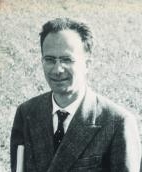
Guido Zappa was an Italian mathematician and a noted group theorist: his other main research interests were geometry and also the history of mathematics. Zappa was particularly known for some examples of algebraic curves that strongly influenced the ideas of Francesco Severi.

Castruccio Castracane degli Antelminelli was an Italian clergyman, who was made a cardinal by Pope Gregory XVI in the consistory of 15 April 1833.

Giovanni Ciampoli or Giovanni Battista Ciampoli was a priest, poet and humanist. He was closely associated with Galileo Galilei and his disputes with the Catholic Church.

















